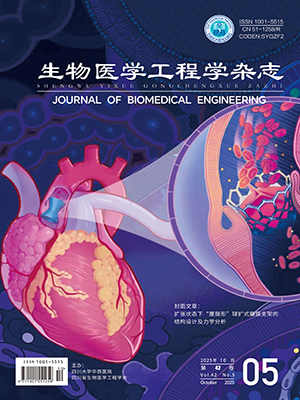Research on the deposition of inhaled particles in human pulmonary acinus region is important to the pathogenesis investigation, prevention and treatment of lung diseases. Most of the current research focus on the final deposition fraction of inhaled particles in human acinar region, but little is involved in their dynamic deposition characteristics. In this paper, five multi-alveolar models, G3−G7, were built. The evaluation parameter 1/4 deposition time was introduced to study the particle deposition speed. The deposition characteristics of particles in the diameter ranging 0.1−5 μm were numerically simulated and summarized under the influence of factors such as the generation and structure of model, particle diameter and respiratory mode, shedding some new light on the further research of transport of inhaled particles. The results showed that the generation and structure of model had a significance effect on the deposition of particles. 0.1 μm particles were dominated by Brownian diffusion, which experienced a high deposition fraction, a fast deposition speed and a logarithmic deposition curve, while 5 μm particles were dominated by gravitational sedimentation, with a high deposition fraction, a fast deposition speed and an S-shaped deposition curve. The deposition of 0.3−1 μm particles were influenced greatly by convention and varied with the change of respiratory mode. The research methods and results in this paper can provide theoretical basis and data support for the further exploration of the mechanism, prevention and treatment of lung diseases.
Citation: LI Penghui, XU Xinxi, LI Rong, QIAO Yang. Numerical simulation on the deposition characteristics of inhaled particles in human pulmonary acinus region under the influence of multi-factors. Journal of Biomedical Engineering, 2020, 37(5): 793-801. doi: 10.7507/1001-5515.201909004 Copy
Copyright © the editorial department of Journal of Biomedical Engineering of West China Medical Publisher. All rights reserved




